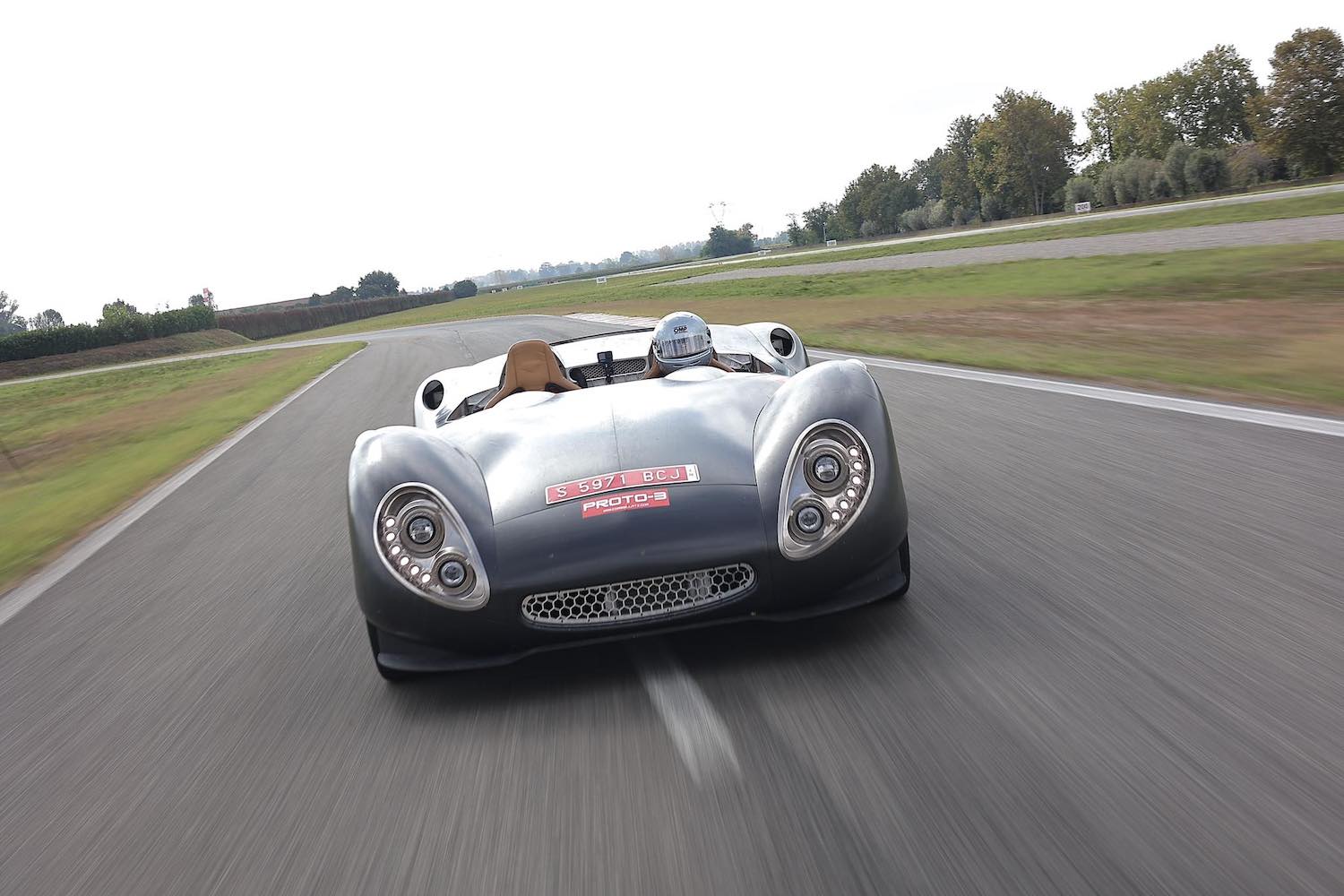Corbellati Missile: Italy’s Most Ambitious Hypercar

What if the world’s fastest car came not from a storied automaker but from a family of jewelers? That’s the bold vision behind the Corbellati Missile, a hypercar designed to push beyond 300 mph. With extravagant claims of speed and power, the Missile has drawn both awe and skepticism in the automotive world.
Genesis of the Missile
The Corbellati family has been known in Italy for generations as jewelry makers. Their ambition to create a hypercar reflects their desire to craft something mechanical with the same artistry and exclusivity as their jewels. The Missile was first unveiled at the Geneva Motor Show in 2018, turning heads for its retro-inspired design and audacious performance targets. Production is projected to begin around 2025 in the Canary Islands.
Engineering at a Glance
At the heart of the Corbellati Missile is a 9.0-liter twin-turbocharged V8, claimed to produce 1,800 horsepower and 1,700 lb-ft of torque. The car features a fully machined aluminum spaceframe, carbon-ceramic brakes, and a sophisticated air suspension with double wishbone setups at both ends. Power is sent to the rear wheels through a gated six-speed manual transaxle paired with a limited-slip differential. Tires and wheels, however, raise questions—20-inch center-lock wheels with relatively narrow profiles may struggle to withstand the stresses of speeds above 300 mph.
Breaking Down the 310 mph Dream
The headline claim of the Missile is its targeted top speed of 310 mph, a figure that would place it above proven hypercars like the Koenigsegg Agera RS and Bugatti Chiron Super Sport. Reaching such speeds involves challenges beyond horsepower—extreme aerodynamics, tire durability, and driver safety all come into play. Many industry observers are skeptical of whether a company with no prior automotive record can overcome these barriers.
What Must Be Proven
For the Corbellati Missile to be taken seriously, it will need to demonstrate validated performance data. Independent testing, track trials, and homologation are essential before the car’s claims can be recognized. Without proof, the Missile risks being remembered more as an ambitious idea than a real contender.
Design Influence and Appeal
Visually, the Missile pays homage to 1960s Italian race cars, with styling cues reminiscent of the Alfa Romeo 33 Stradale and Ferrari 330 P4. Its sleek curves and low, wide stance make it look more like a piece of automotive sculpture than a conventional hypercar. In this sense, the family’s jewelry-making heritage is evident in the car’s aesthetic execution.
What’s Next?
The biggest question surrounding the Missile is whether it will ever meet the road with validated performance figures. A rumored price tag around two million euros suggests the brand is positioning it in the same rarefied space as Bugatti, Pagani, and Koenigsegg. Until actual test footage and numbers are released, the Corbellati Missile remains an enigma.
